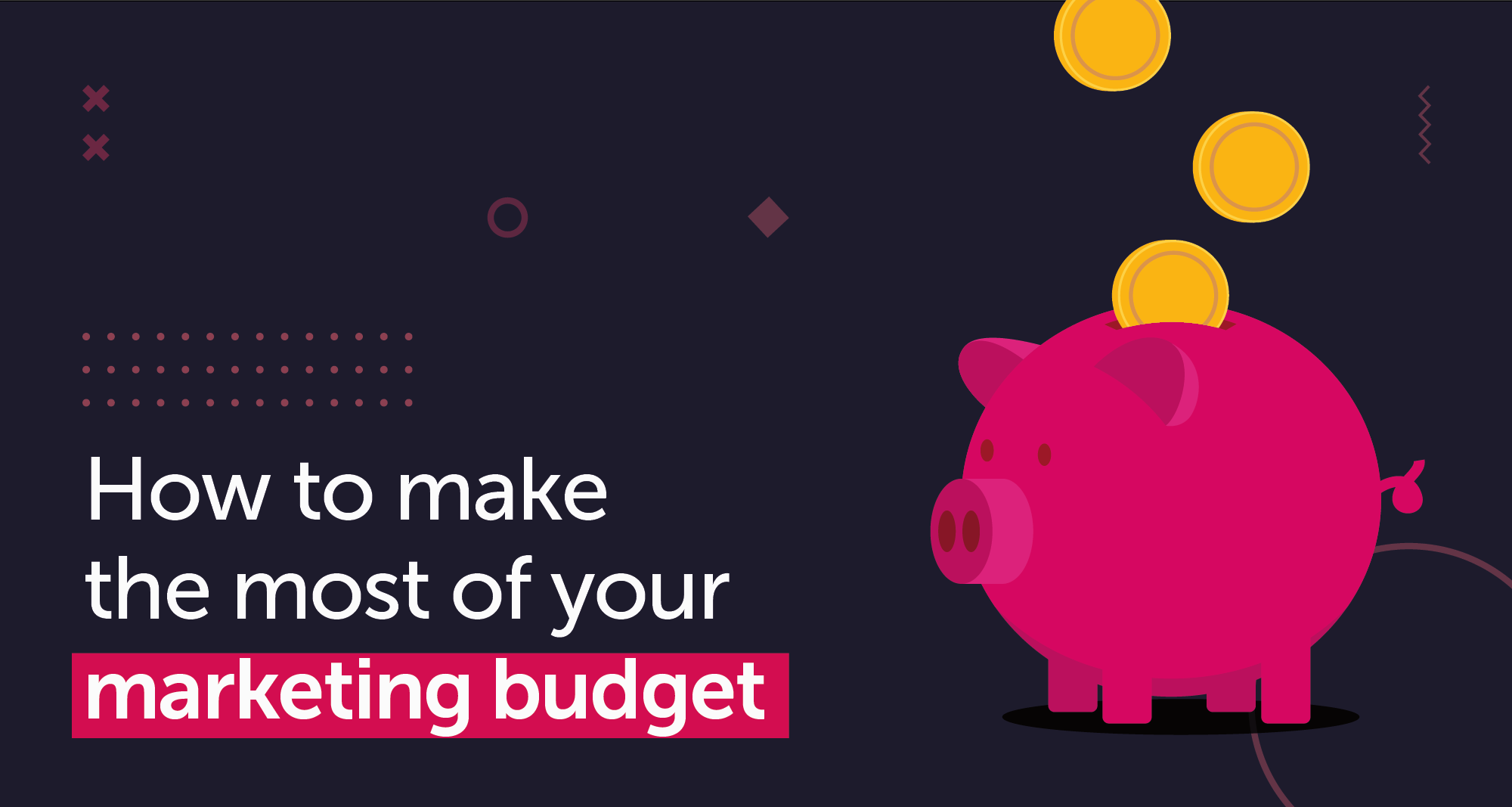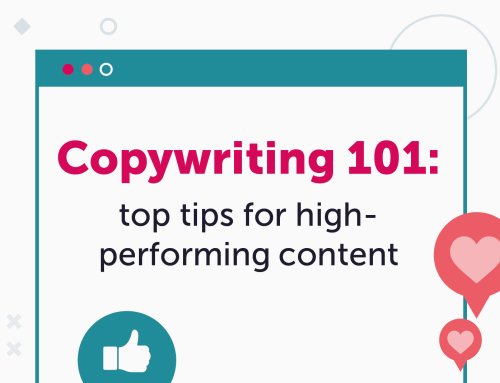
Let us be the first to tell you that marketing is more than just an expense — it’s an investment.
But we all know how competitive the marketing landscape is these days. And at a time of such economic uncertainty for many businesses, the pressure is on for marketing teams to deliver more… for less.
Businesses understandably want to get as much as possible from their budgets. So, how can marketers do that?
Of course, having a clear strategy and a list of goals is a great place to start, but if your business needs to tighten its budget, there are other efficient ways to optimise your spending…
1. Make better use of your data
Marketing data is one of the best resources in your back pocket.
Data is more than just numbers: it’s a story! Your data lets you know how audiences connect with your content and chosen channels, pointing you in the right direction for future campaigns.
For example, does your cost per acquisition (CPA) change depending on the platform? Is it better on Google Ads, or do you get more from email marketing? How high is your bounce rate? What types of content have a lower bounce rate? What’s attracting more traffic — video or image ads?
Evaluating your data might take time, but it can be the difference between marketing that works and marketing that falls flat (and wastes money).
2. Evaluate your tools
With the right tools in your arsenal, you can get a helping hand on everyday marketing tasks and even automate some of them. But these applications can get expensive quickly if you pay for multiple subscriptions.
Decide if you’re using all the features and getting the most value from these tools — otherwise, you might be paying for more than you need.
Why not find software that gets it all done in one place? From planning campaigns, analysing data and creating reports to project management and budget allocation, using nifty platforms like the HubSpot Marketing Hub, monday.com or Semrush gives you clarity and control over all those spinning plates.
With the right services in place, you can reduce your workload, create better team communication and save on wasted subscriptions by investing in more efficient software.
3. Review your marketing funnel
With constant changes in consumer behaviour, it’s always a good idea to spend a couple of weeks monitoring your marketing funnel to spot any leaks you can fix or improve.
At the top is awareness: getting your message out to wider audiences. Use Google Analytics to track your company mentions and other metrics to see if your digital ads and placements are working.
Next is consideration: at this stage, customers are already interested in what you’re offering, so it’s down to you to convert that interest into a sale — and that can be achieved by diving deep into website metrics and customer data to work out what solution your customers are looking for.
For example, Google Analytics can tell you where your website traffic is coming from, which can help you understand what caught their interest in the first place. Then, you can create targeted messaging to help drive them towards the next stage of the funnel: conversion.
Arguably the most important stage in the process, conversion is the final push to get your potential customers to take action.
Want visitors to make a purchase or request a service? If people look at your products without buying, identify the barriers stopping them from converting and consider any small incentives you can offer to get them over the line. Depending on your business, this could include free trials or discounts. It’s also helpful to track your conversion rate to see which marketing tactics are working and double down on them.
Tweaking your funnel doesn’t have to be expensive, but it can be seriously effective in boosting your business and helping you get more out of your budget.
4. Ditch what isn’t working
Consistently seeing lacklustre results? It might be time to rethink your strategy.
If your budget is distributed evenly between three separate campaigns and one gets inferior results compared to the others, don’t keep dumping your money into it — ditch it.
Exceptions to this rule will be things like PR and SEO, which can take a few months to convert into a lead or sale. But generally, investing that money elsewhere in your marketing strategy and putting your efforts into consistently performing campaigns is a better approach.
5. Trust the experts
It might seem counterintuitive, but outsourcing your marketing can get you better results and higher returns — which means more bang for your buck!
By all means, keep throwing cash at new ideas until something sticks if money is no object. But if you’re working to a budget and want to try something more targeted and considered, a digital marketing agency could be the most cost-effective option.
When you’re doing all your marketing yourself, you’re probably neglecting other business areas to get it done. If time is NOT your friend, an agency can take your marketing off your plate and free up more internal resources to get sh*t done.
Plus, in the fast-paced world of digital marketing, consistency is key. So, if you want to nail your strategy and work out exactly what’s worth investing in to convert clicks and engagement into leads (and keep your costs down), it’s probably worth investing in some expert assistance…
On that note, check out our monthly digital marketing packages. Our in-house designers, copywriters, web developers and account handlers pool all their marketing talents together to deliver a little bit of everything through one team, ensuring all bases are covered so you can spend your time focusing on your business.










